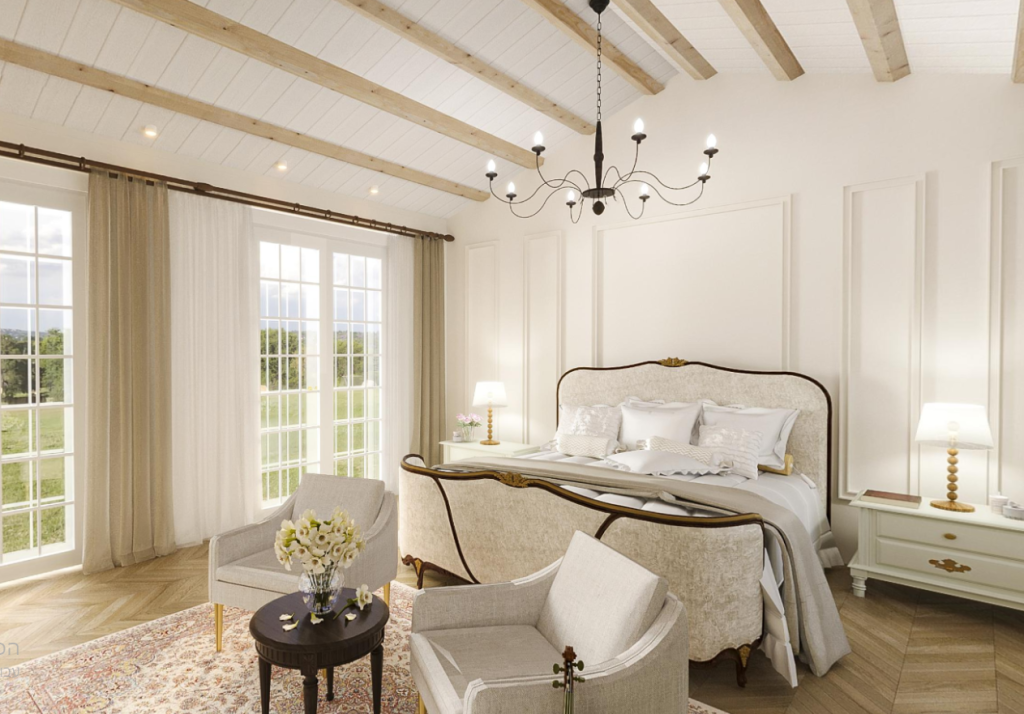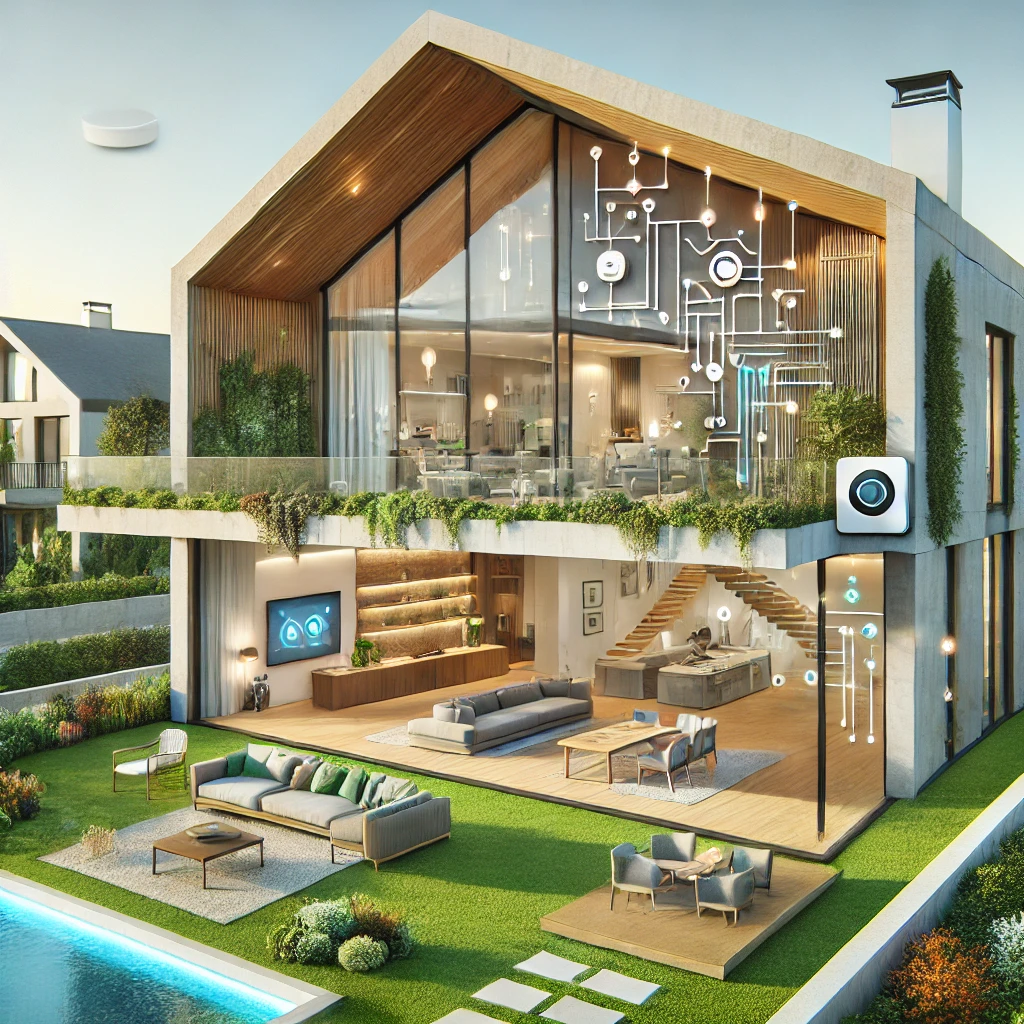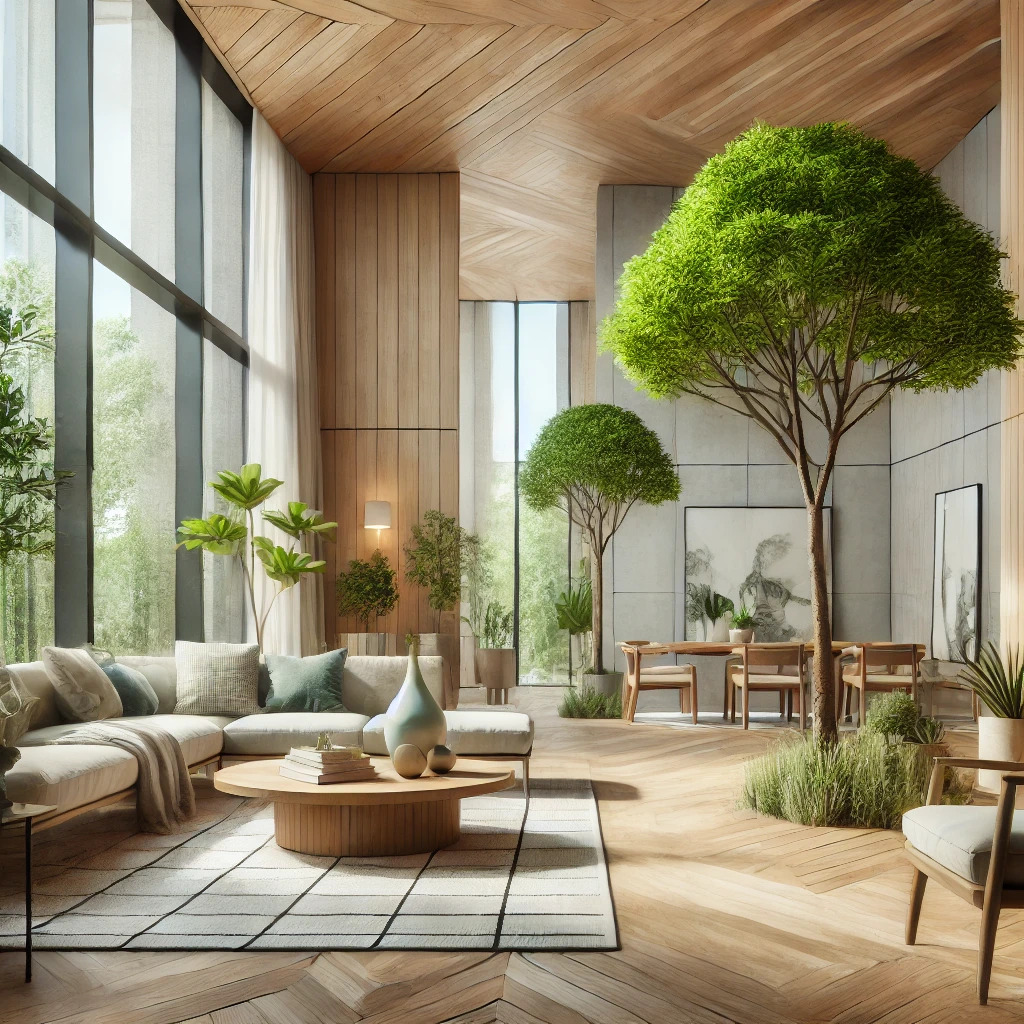Dive into the world of classic interior design, where elegance meets functionality. This blog post explores the defining characteristics of classic design, its key elements, frequently used color palettes, and materials that provide timeless appeal. Using real-life examples and practical tips, we explore how to seamlessly integrate classic design into modern spaces.
Defining classic interior design: what makes it timeless?
Classic interior design is a style that has stood the test of time, transcends trends and fashions. It is characterized by its timeless elegance, refined details and a sense of grandeur. Classical design draws inspiration from the past, especially European architecture and design movements such as Greek and Roman, Renaissance and Baroque. The essence of classic interior design lies in its ability to create a timeless and sophisticated atmosphere.
One of the key elements that define classic design is its attention to detail. Every aspect of the space, from the furniture to the accessories, was carefully chosen to create a cohesive and harmonious look. Ornate moldings, intricate carvings and luxurious fabrics are common features in classic interiors. These details not only add visual interest but also contribute to the overall sense of elegance and luxury.
Another defining characteristic of classical design is the use of symmetrical arrangements. Classic interiors often include balanced layouts, with furniture and accessories arranged in pairs or symmetrically. This creates a sense of order and harmony, adding to the overall timeless appeal of the space.
Classic design is also known for the use of quality materials. Natural materials such as wood, marble and stone are commonly used to add a sense of luxury and durability to a space. These materials not only enhance the aesthetic appeal but also contribute to the longevity of classic interiors.
While classic design is often associated with traditional and formal spaces, it can also be successfully incorporated into modern settings. The key is to find a balance between classic and contemporary elements. For example, combining classic furniture with modern artwork or combining elegant, minimalist accessories can help create a seamless blend of the two styles. By carefully choosing and combining elements from both styles, you can create a space that is both timeless and current.

For a consultation call at no cost and without obligation call now or leave details in the box
The palette of elegance: which colors define classic design?
In classic interior design, the color palette plays a crucial role in creating an atmosphere of elegance and sophistication. The colors usually associated with classic design are timeless and refined, evoking a sense of luxury and grandeur. Neutral shades such as cream, beige and ivory form the basis of the classic color palette. These colors provide a calm and soothing background, allowing the other elements of the space to shine.
Rich jewel tones are also commonly used in classic design to add depth and drama to a space. Deep burgundy, emerald green and sapphire blue are just a few examples of the bold and luxurious colors often found in classic interiors. These colors can be combined with upholstery, curtains or accent pieces to make a statement and create a sense of luxury.
Metallic accents are another hallmark of classic design. Gold, silver and bronze add a touch of glamor and sophistication to the space. Whether it’s a gilded mirror, a crystal-embellished chandelier or brass accents on furniture, these metallic accents bring a sense of richness to the classic interior.
While the classic color palette tends to be more traditional, it is not limited to just these shades. Modern interpretations of classic design often incorporate pops of vibrant color to add a contemporary twist. For example, a classic living room with a neutral color scheme can be livened up with a bold red accent chair or a vibrant piece of art.
Material matters: What are the dominant materials in classical design?
When it comes to classic interior design, the choice of materials is crucial in creating a timeless and elegant space. Traditional materials are often preferred, as they convey a sense of history and craftsmanship. Wood is one of the dominant materials in classic design. Whether it’s rich mahogany, warm oak or intricate walnut, the wood adds warmth, texture and a sense of luxury to a space. It is commonly used in furniture, flooring and architectural details such as coverings and developments.
Another material common in classic design is marble. Known for its beauty and durability, marble is often used in countertops, flooring and around fireplaces. The natural veining and its unique patterns add a touch of elegance and sophistication to any space.
Textiles also play a significant role in classic design. Luxury fabrics such as silk, velvet and damask are often used for upholstery, curtains and bedding. These fabrics not only add visual interest but also provide a tactile experience, inviting comfort and abundance into the room.
In addition to these materials, classic design often incorporates other elements such as glass, crystal and brass. Glass can be used for table tops, mirrors and light fixtures, which adds a touch of transparency and lightness to the space. Crystal chandeliers and fixtures bring sparkle and glamour, while brass hardware and accents add a sense of richness and tradition.
For a consultation call at no cost and without obligation call now or leave details in the box
“To mix or not to mix?” – Blending classic and modern aesthetics
When it comes to interior design, the question often arises: should you stick to one style or can you mix and match different aesthetics? In the case of classic and modern design, the answer is a resounding “yes”! A combination of classic and modern elements can create a unique and visually captivating space that combines the best of both worlds.
One of the ways to blend classic and modern aesthetics is by combining classic furniture in a modern environment. For example, an elegant and minimalist living room can be instantly transformed by adding a classic Chesterfield sofa or a vintage armchair. The combination of clean lines and traditional details creates an interesting contrast that adds depth and character to the room.
Another approach is to combine classic and modern accessories. For example, a contemporary kitchen can be enhanced with the addition of vintage-inspired pendant lights or a classic farmhouse sink. These little touches bring a touch of nostalgia and charm to an otherwise modern space.
When blending classic and modern aesthetics, it’s important to pay attention to scale and proportion. For example, if you have a large open-concept living area, consider incorporating a grand chandelier or a statement piece of art inspired by classic design. These larger elements can anchor the space and serve as a focal point, while the rest of the room can be furnished with modern, minimalist pieces.
Classic interior design is more than just style; It is an expression of timeless elegance and sophistication. It’s about celebrating history while making it relevant to today’s lifestyle. With the right colors, materials and design elements, you can turn your home into a classic masterpiece. Whether you’re a seasoned designer or a homeowner looking to update your space, remember that classic design is all about balance, proportion and harmony.




